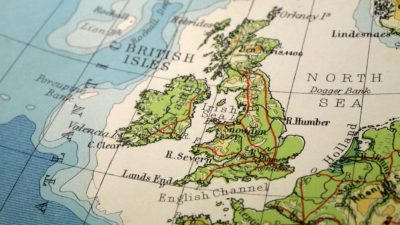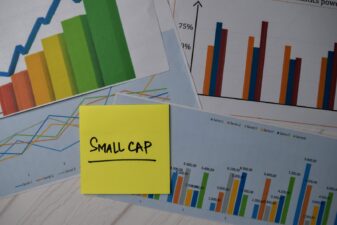A Stocks and Shares ISA can be a powerful tool for building a long-term income stream with dividend-paying stocks. Apart from being widely available and low cost, these accounts provide complete protection against the grubby fingers of the tax man.
All dividends received from investments in an ISA are tax-free, as is any capital gains. And while investors are limited to only allocating £20,000 a year, that’s more than enough to build a substantial portfolio in the long run.
Given sufficient time, it’s possible to earn a five-figure second salary without having to pay any income tax. Here’s how.
Please note that tax treatment depends on the individual circumstances of each client and may be subject to change in future. The content in this article is provided for information purposes only. It is not intended to be, neither does it constitute, any form of tax advice. Readers are responsible for carrying out their own due diligence and for obtaining professional advice before making any investment decisions.
Building a mountain of wealth
In the grand scheme of things, £200 is not a lot of money. But by consistently depositing this modest sum each month into an ISA, the compounding process can be accelerated. And suddenly, investing £2,400 a year (just 12% of the annual ISA allowance) can lead to a £1.26m portfolio!
What’s more, the process isn’t too tricky either. Following the recent stock market correction, many FTSE dividend stocks are trading at significantly lower valuations. Yet, in some cases, cash flows haven’t been interrupted by the economic climate. As such, shareholder payouts keep flowing, and finding companies offering sustainable 6% yield has become far easier.
But dividends aren’t the only source of returns. Movements in share price can also drive up the value of a portfolio. Assuming an investor’s portfolio matches the FTSE 100’s 4% average annual capital gains, that puts the total return at 10%. And investing £200 a month at this rate yields a £1.26m portfolio after 40 years.
Then, when the time comes, all an investor has to do is turn off automatic reinvestment of dividends, and a £75,890 tax-free passive income stream has been created!
Needless to say, that could make for quite a comfortable retirement.
Nothing is risk-free
As exciting as the prospect of earning almost 80 grand a year without having to lift a finger sounds, there are quite a few caveats. Most crucial is the fact that dividends are never guaranteed. These payments serve as a mechanism for companies to reward their owners (the shareholders) with excess cash generated from operations.
The key word here is “excess”. Should cash flows become disrupted or operating margins squeezed, the amount of funding available to pay dividends could evaporate. In fact, that’s precisely what happened in 2020 when the pandemic decimated the revenue streams of countless dividend-paying companies.
It’s also important to highlight that stocks don’t always move in the right direction. Even if a company maintains shareholder payouts, a lack of confidence from investors could drag valuations down further, offsetting any gains.
In other words, earning that 10% total annualised gain might be far more challenging than expected. Even more so when another correction or crash decides to throw a spanner in the works.
Nevertheless, even though an investor may end up with a lower income from their ISA than expected, investing in high-quality companies for the long run is a proven strategy for building wealth. That’s why I believe the risks are worth the potential reward.








